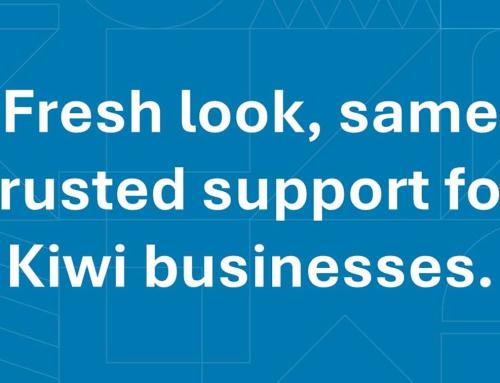The Māori Women’s Economy
BERL was commissioned by Manatū Wāhine – Ministry for Women to estimate the size and nature of Te Ōhanga Wāhine Māori – the Māori women’s economy.
This report represents the first major research study into the Māori women’s economy, marking the first formal calculation and inclusion of mahi tūao (unpaid work) in the total value of a women’s economy. It is also one of the first-ever comprehensive studies of indigenous women’s economy internationally.
The report highlights the economic and wellbeing contributions of wāhine Māori in households, businesses, and communities, detailing their socio-economic participation, labour market outcomes, business ownership, leadership, and the value of unpaid work, all in relation to overall wellbeing.
Key findings from the report include:
- Wāhine Māori generated $5.9 billion value add to all sectors of the economy in 2022. With the inclusion of unpaid work, the size of the wāhine Māori economy nearly doubled to $12.5 billion, equalling 3.2 percent of national production GDP.
- The young, fast-growing wāhine Māori population will play an important role in shaping the future workforce of New Zealand. Between 2018 and 2043, the wāhine Māori population is expected to grow by over 50 percent, meaning that by 2043, wāhine Māori will comprise 22 percent of the total wāhine working-age population.
- Economic contribution is underpinned by strong leaders and cultural identity. Wāhine Māori are repositories of knowledge and drive the intergenerational transfer of knowledge, history, values, and cultural traditions.
- Forty-three percent of wāhine Māori are employed in the social services sector. Between 2013 and 2018, close to an additional 12,000 wāhine Māori became employees in the social services sector, representing a 32 percent increase over the five years.
- Wāhine Māori earn, on average, 20 percent less than non-Māori wāhine. Greater caring responsibilities impact the ability of wāhine Māori to participate in education and employment.
Read the Manatū Wāhine press release here.
You can access the full report here.






